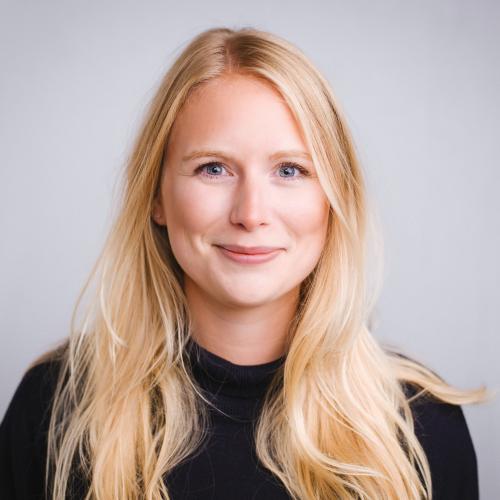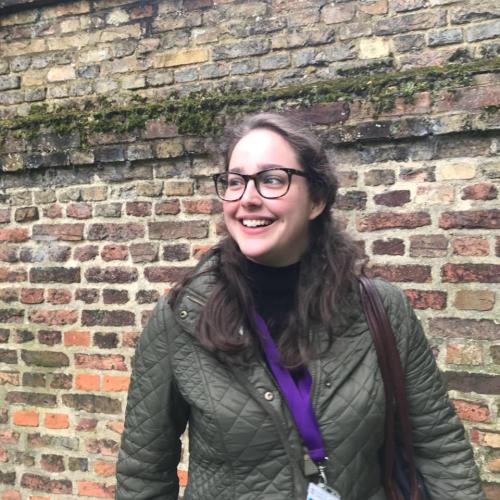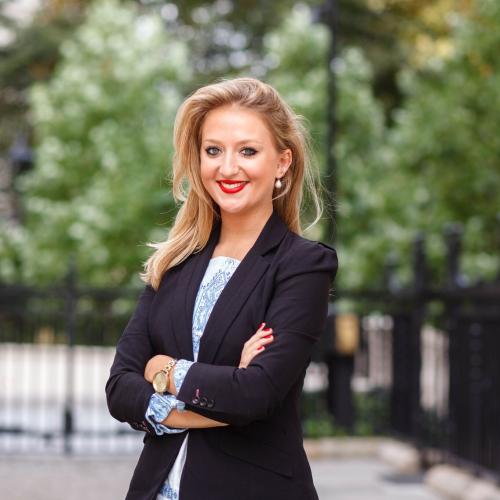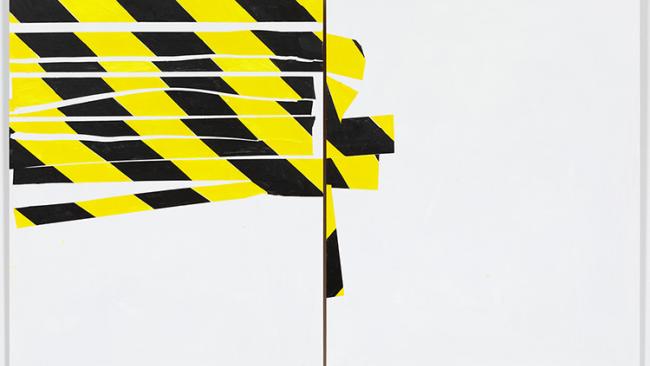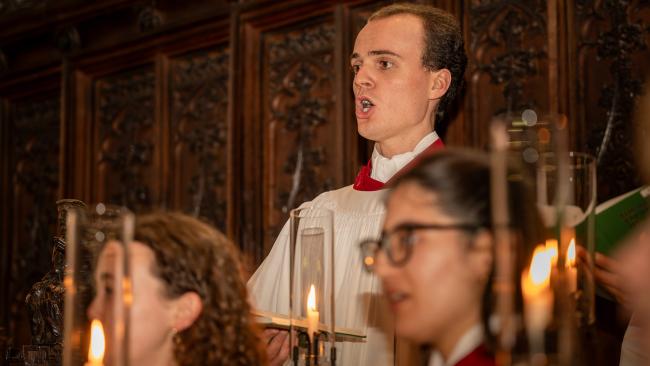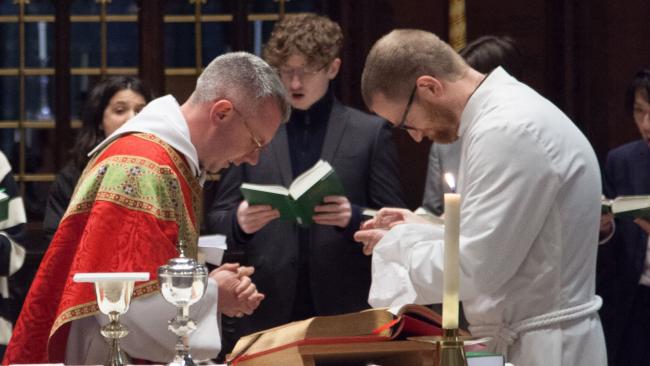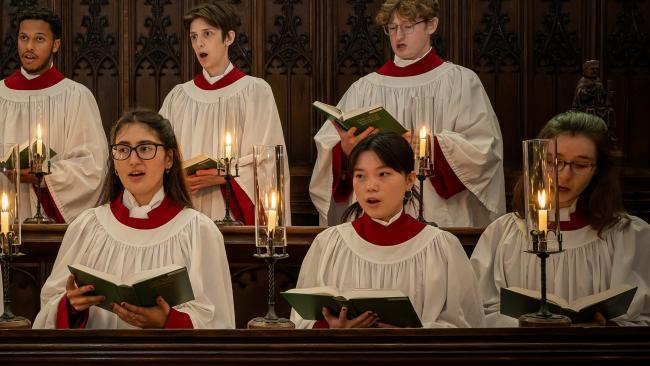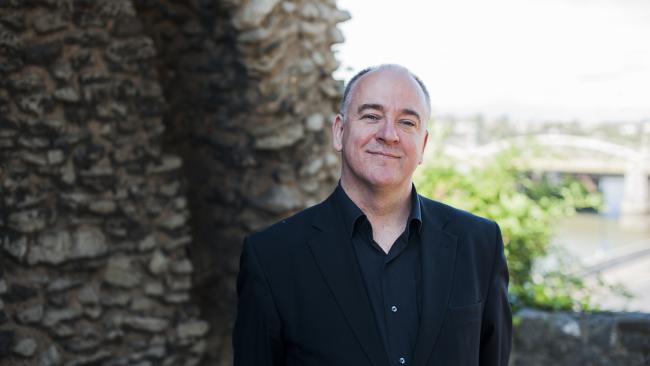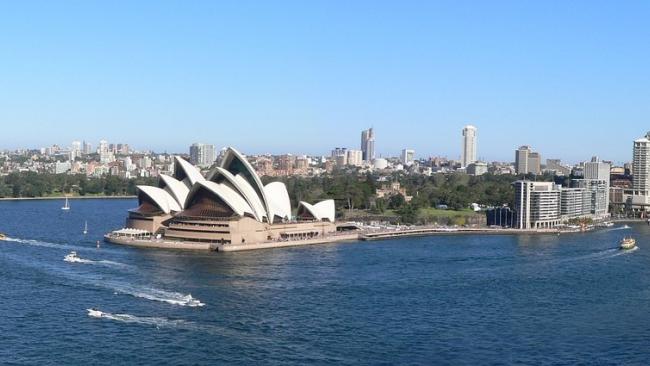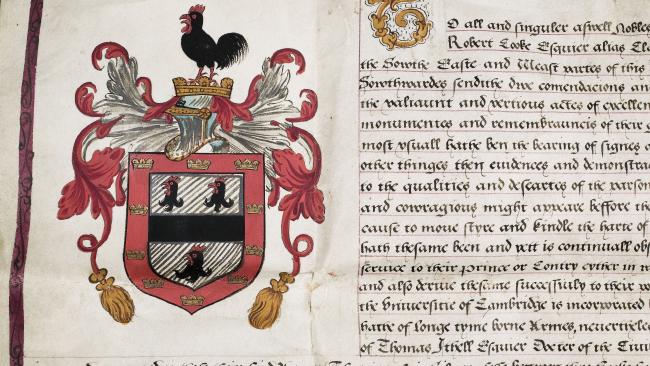
1559 to 1671
Jesus College survived the religious change and political turmoil of the 16th and 17th centuries and became home to a growing number of undergraduates: sizars, scholars, and pensioners.
Becoming a Protestant college
When Elizabeth I came to the throne in November 1558 it became clear that the English church was going to be Protestant, though the change was not to be as radical as some hoped and not all links with the Catholic past were cut.
The Chantries Act of 1547 had followed in the wake of laws in 1536 and 1539 which dissolved monasteries and religious houses, and only the Colleges at Oxford and Cambridge had escaped suppression, with a handful of others.
The religious instability of the previous 20 years and a severe flu pandemic meant there was a shortage of clergy, especially Protestants. There was a pressing need for dedicated and well educated clergy to implement the new church order.
To help meet it, the government decided to return to a policy that had briefly been pursued under Edward VI. In Protestant eyes saying prayers for the dead was mere superstition, so what was left of the College's chantry endowments was instead used to support students.
There was also no reason to maintain the choristers and choirmen required for the elaborate services of the late medieval church. The Book of Common Prayer called for only simple chants, and a termly sermon commending a College’s benefactors replaced Masses and Offices for the Dead.
It was assumed that the graduate students (now known as Fellows) would either be training to become priests or already ordained, and that the undergraduates (called scholars) would form a pool from which future Fellows would be selected.
Reforms of 1559
Royal commissioners sent to Cambridge in 1559 to implement this policy decided that Jesus College, having received three substantial gifts between 1547 and 1558, should maintain 16 Fellows and 15 scholars. The number of Fellows studying law rather than theology was increased from one to four because the government needed civil servants and diplomats just as the church needed clergy.
The casualty of these changes was the grammar school, which was closed in 1570. There were no longer choristers and choirmen needing to be educated, and inflation meant that the school's endowment wasn't enough to cover costs: in the 1560s the typical salary of a school master was twice what it had been in the 1510s.
For the first time undergraduates became a significant element in the College, and soon they were in the majority, as they have been ever since. The former school building adjoining the gate tower was converted into College staircases to provide accommodation for them.
In addition to the scholars who received free board and lodging but no money (though they could, and did, earn small sums by doing odd jobs in the College) there were two other groups of undergraduates: the 'sizars' and the 'pensioners'.
Sizars
The sizars were poor students. Each Fellow was allowed to have one such student (the Master could have two) living in College, doing personal chores for him such as lighting the fire in his room, serving at table, and running errands.
This gave the young man the chance to study for a degree, something which he could not otherwise have afforded to do.
Scholars
Scholars were mostly chosen from among these sizars, freeing them from chores and meaning they had their own meals rather than waiting for what was left over from the Fellows’ and scholars’ tables.
Many sizars eventually became scholars – by the middle of the 17th century nearly all students hoping for a scholarship entered the College as sizars – and almost all scholars obtained a degree and were ordained, often becoming Fellows.
Pensioners
The other group of undergraduates were the 'pensioners' or 'commoners', who came from wealthy families who paid for their keep and tuition. They usually ate at the scholars’ table, though if their families were very grand they might eat with the Fellows and other graduates living in the College. These men become known as 'fellow commoners'.
Few pensioners sought a career in the church or as teachers, and so few became scholars or obtained a degree. After a few terms they would leave, perhaps to experience what Oxford had to offer, to travel abroad, or to enter one of the Inns of Court in London, with or without the intention of becoming practising lawyers.
The Inns of Court were good places for young men to learn the skills needed for managing family estates and making the social contacts that would help them to engage in public life and government service.
As pensioners did not have to take University examinations they could spend their time in Cambridge in studies directed by their tutor.
He would have been chosen by their family, and may not have been a Fellow but one of the senior graduates living in the College. For the pensioners Cambridge was closer to a finishing school than a university.
Almost all the famous names associated with the College during this period – including Sir Fulke Greville, poet and courtier, Sir Christopher Hatton, the royal secretary, Sir Richard Fanshawe, diplomat, poet and translator, Sir Robert Cotton, the antiquary, Lord Chief Justice Bramston, Roger North, lawyer and polymath – were those of fellow commoners and pensioners. They kept to themselves and did not have much to do with their social inferiors, the scholars and sizars.
But whatever their social and academic status most of the students came from the eastern counties of England, from Yorkshire to Kent. Until the mid 19th century Cambridge was essentially a provincial university and many would have been recommended to the College by relatives, schoolmasters, or clergy who had attended it.
Growth in student numbers
The number of pensioners was highest at Jesus College in the four decades immediately before, and the one immediately after, the Civil War: the total number of residents in the College peaked at 90 in 1641.
To accommodate them and their tutors a new building in rose coloured brick was erected between 1638 and 1641 on the side of the entrance court facing the gate tower, with help from former students and Fellows. The last new building in the College until the 19th century, it had a dozen sets of rooms opening off two staircases. Undergraduates lived two or three to a room under the eye of their tutor, and if they had the Master as their tutor they sometimes lived in the Master’s Lodge.
Even during those peak decades, there were rarely more than 60 undergraduates. Only three or four of the 16 Fellows would act as tutors, a role which made them responsible for the religious instruction and guidance of their pupils as well as for their secular studies and their finances.
Changing nature of fellowships
Fellows studied for their Master of Arts degree and then Bachelor or Doctor of Divinity. They may also have served as vicar or curate in a parish in the town or one of the villages within riding distance, or helped a tutor with teaching until some better paid church appointment came their way and they would leave the College and be free to get married.
Fellows weren't always required to live in Cambridge, and fellowship came to be seen less as a graduate studentship than as a prize awarded to a young graduate scholar who had performed particularly well in his examinations.
By custom it entitled him to 'the dividend'; each year the College’s surplus income was divided among the Fellows, with the Master and a reserve fund each receiving two shares.
Impact of the Civil War
The College was badly hit when Civil War broke out in 1642. Under the influence of Matthew Wren, the Bishop of Ely – who appointed the Master and had a say in the choice of Fellows – and the Master, Richard Sterne, the College had joined the campaign to return the Church of England to more Catholic forms of worship, order, and belief. This angered its Puritan members and stoked the fires of Parliament’s dispute with King Charles I.
The College responded to the King's appeal for funds by sending him much of its silver. When a Parliamentary force occupied Cambridge, punishment swiftly followed.
The Master was sent to join the Bishop in the Tower of London, later he was moved to a prison ship on the Thames. He was freed, and spent 15 years as a schoolmaster. The Master’s deputy was sent to the Compter prison in Southwark, and 15 of the 16 Fellows were turned out of College. The only Fellow left in post departed the following year after seeing the Chapel vandalised and the trees in the grounds cut down by soldiers.
The undergraduates went home: it was two years before any came to take their place. Thomas Young, a Scottish Presbyterian minister, was installed as Master and new Fellows were recruited from the Puritan ranks.
However, when the King was executed and a republic declared, Young was also removed from his post and replaced in 1650 by John Worthington. Aged only 32, Worthington was already a senior Fellow of Emmanuel College, from which he recruited new Fellows, and a cook, for Jesus College.
A gentle, scholarly man, Worthington also served as Vice Chancellor and managed to restore some of the academic routines of both Jesus College and the University as a whole.
After the Restoration
When King and church were restored in 1660 and Bishop Wren returned, Worthington resigned from his Mastership.
Almost all the Fellows elected since 1650 were allowed to remain. Of those evicted in 1642 who were still alive, only three wished to resume their fellowships. The Master and the President of 1642 briefly returned to their posts. Later Sterne became Bishop of Carlisle and then Archbishop of York.
Of the three Masters who followed Sterne in as many years two went on to be Masters of grander Colleges and one, like him, to be a bishop. Only the third, Edmund Boldero, who had served with the cavalier army, stayed at Jesus College to see the damage of the Civil War repaired.
The Chapel was restored for Anglican worship. The organ, which had been dismantled on Parliament’s order in 1642 and hidden away, was repaired and returned. Boldero himself paid for handsome new bookcases for the library. In these years one of the Fellows, John Sherman, wrote the first account of the College's history.
More importantly for its future, in 1671 Tobias Rustat made the largest gift to the College that it had received since its foundation 175 years earlier.
